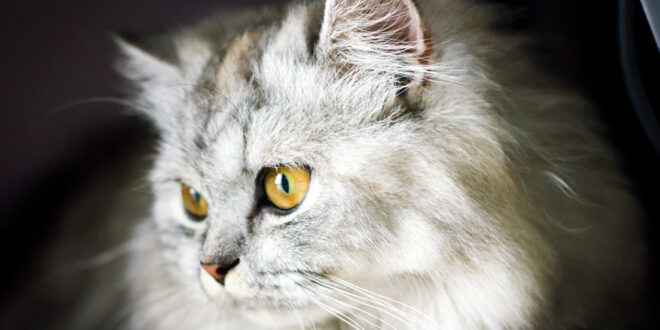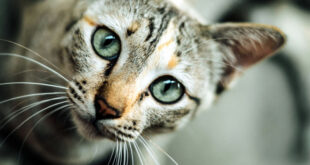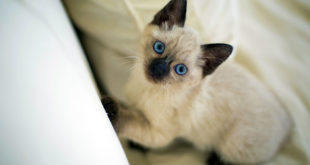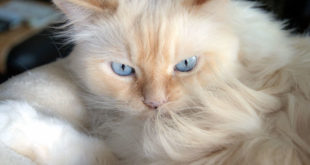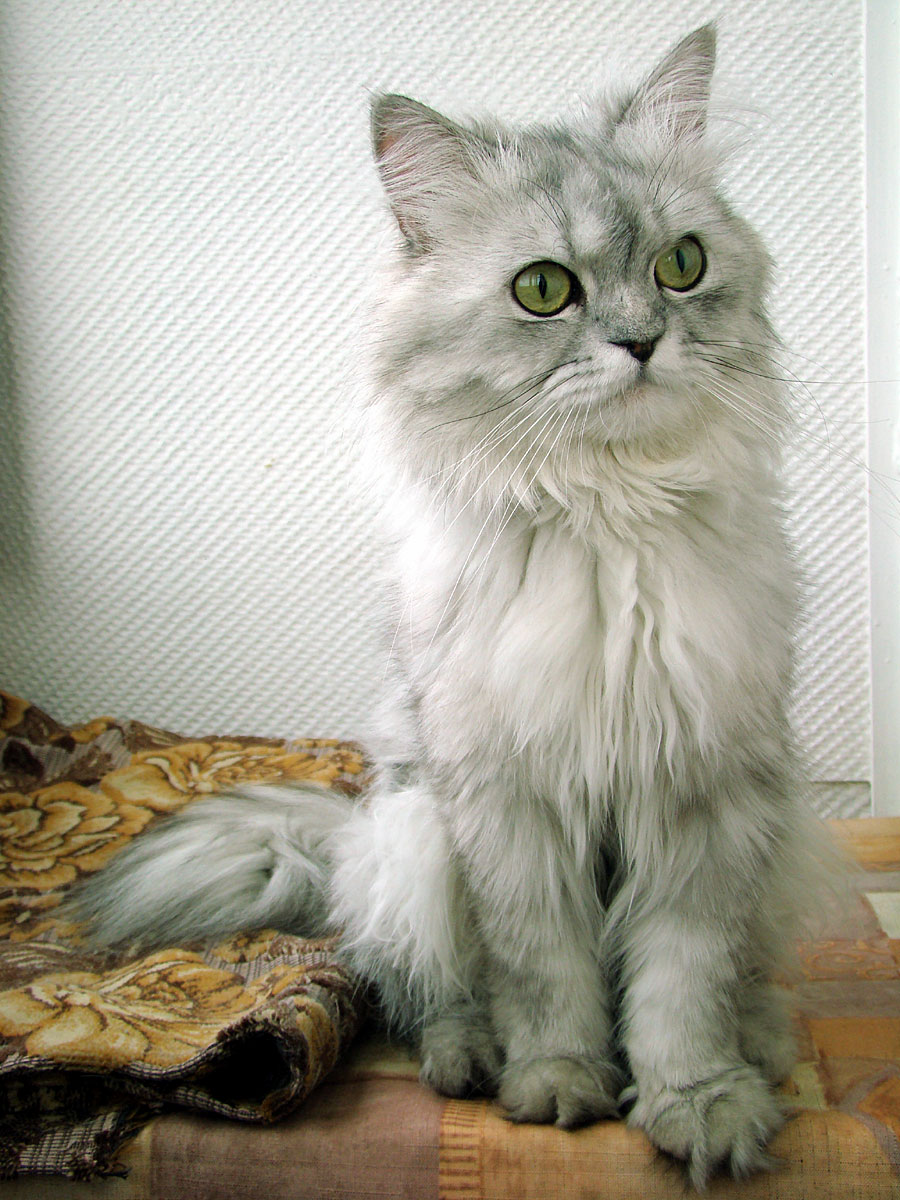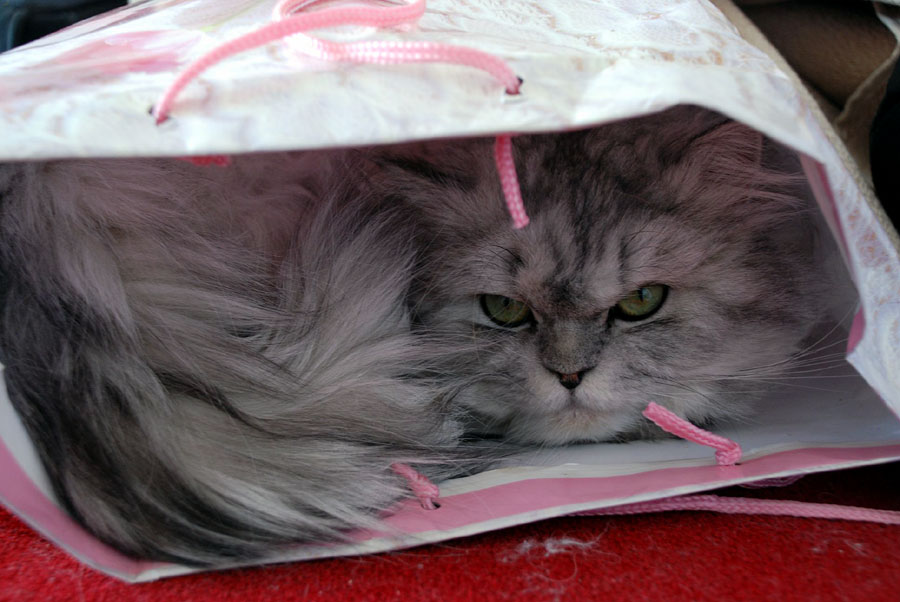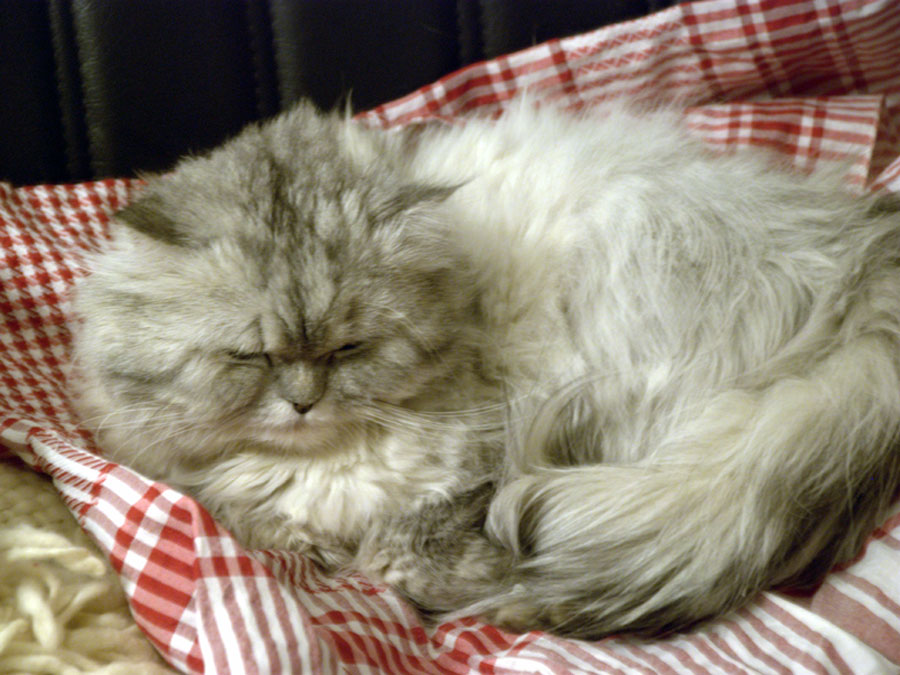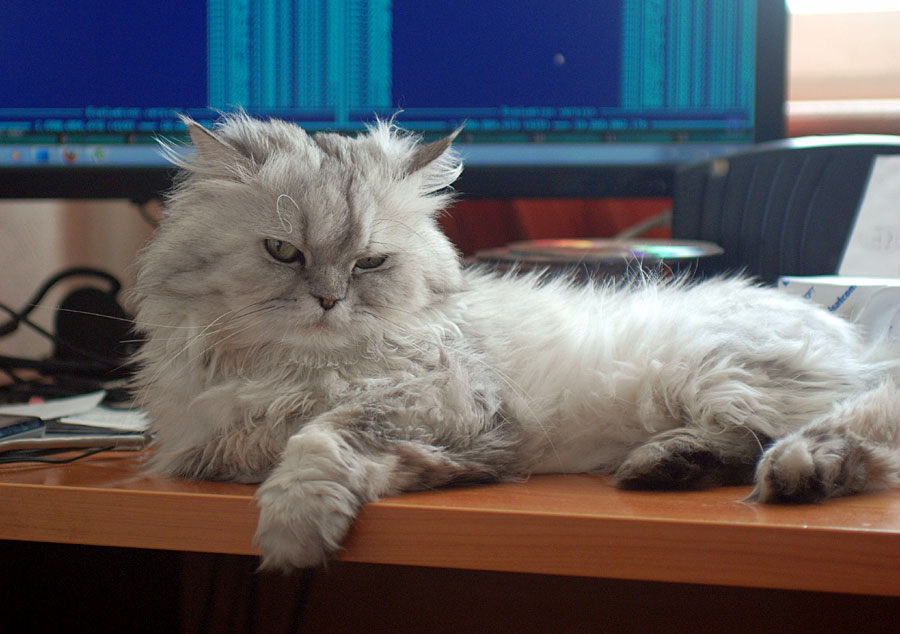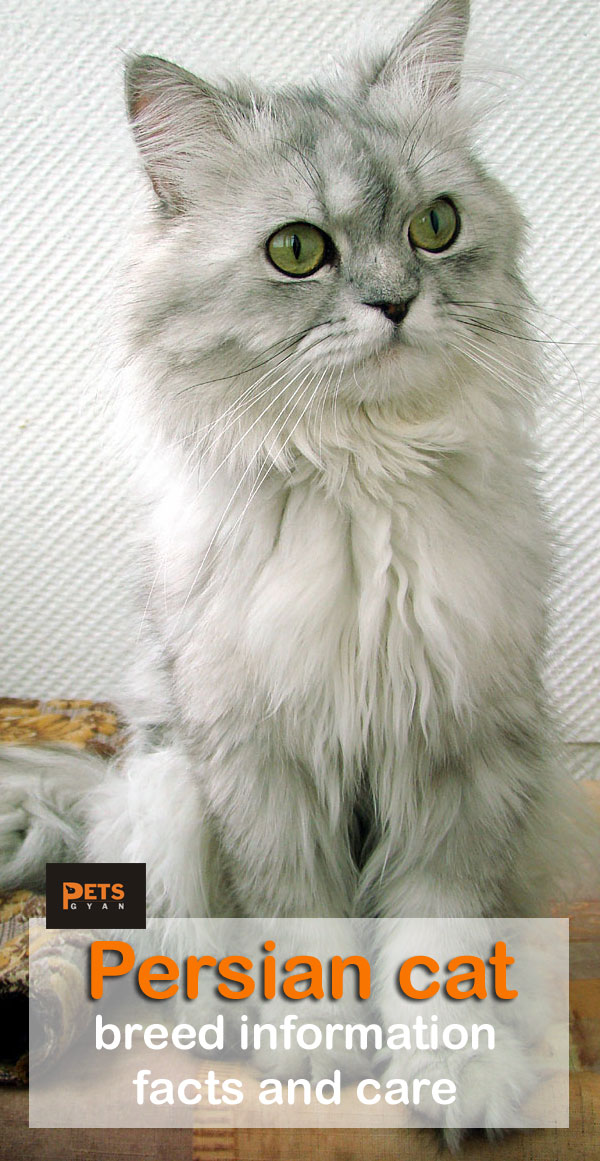Persian cat
Persian cat breed information | Persian cat facts and care | Chinchilla cats. A Persian cat is a breed of cat with long hair and short snout. The Persian cat was widely known in the Middle East region as the “Iranian cat”, while in Iran they are known as the “Shirazi cat”. The Persian cat was first known for importing in 1620. Gradually they were fanned by many and developed into English and American breeders after World War II.
The fur of cats is thick and luxuriant. They have a double layer of fleece. They have two kinds of hair, softer and woolly under hair and rougher outer hair. Persian cat breeders have allowed a large variety of color coats. Persian cats have a flat face. Their head structure can bring a variety of health problems. These cats were the most famous cats of the pedigree breed in the United States in 2008. The researchers said, “Even though the early Persian cats may have originated from Persia (Iran), the modern Persian cats have lost its phylogeographical signature.
Persian cats have a well-developed muscular body with short legs. Their heads are round like a ball, a square balanced shape with a short thick tail.
Temperament
• Persian cats have a calm nature.
• They are very good with children.
• They are good at adapting to changes.
• Persian cats are calm with other pets of any variety or breed.
• These cats are very loving and gentle with everyone. They seek the love and attention of their owners.
• Persian cats are generally quiet and can quickly adapt to their surroundings.
• Persian cats do not like to be left alone for a long time. They want the company of others.
• Persian cats are a finicky eater.
• They have a musical voice, but they prefer to use their copper eyes to communicate.
Health
All pedigreed cats, including Persian cats, have some or another sort of health problems. There is no breed with a 100 percent health guarantee.
Persian cats face several health-related problems. They have frequent respiratory issues because of their flat nose that behaves as an obstruction in breathing as well as in tear ducts. That means they require regular wiping of eyes and nose to clean the crusts.
Persian cats have hereditary health problems which include Polycystic Kidney Disease (PKD) and Progressive Retinal Atrophy (PRA).
Polycystic Kidney Disease
Polycystic Kidney Disease is a genetic condition that causes enlarged kidneys and kidney dysfunction. It is usually visible in between 7 and 10 years of age, but it can appear as early as 3 years of age. PKD linked to an autosomal dominant gene which makes it easy to identify and eliminate it.
Progressive Retinal Atrophy
The prevalence of Progressive Retinal Atrophy is unknown in Persian cats. In Persians, this hereditary disease develops vision problems in early life. It is visible at 4 to 8 weeks of age, and it progresses rapidly. Cats lost their eyesight entirely till they are 15 years old. This disease can be more widespread in the breed than it currently believed to be.
Persian cat care
Persian cats have long hair. They cannot keep themselves clean, and thus they need regular grooming and bathing. If their hair not groomed regularly, then their hair would get tangled, and the only way out is to shave them off.
The eyes of Persian cats need regular cleaning with a special fluid. Dark staining can occur under their eyes due to excessive watering.
Persian cats need help with hygiene, especially if these cats get diarrhea. It is difficult for them to clean their long hair.
Persian cats are needed to be vaccinated at eight weeks, two successive months after that, and then, once on annual places. These cats need a clean environment to avoid harmful bacteria.
Diet for Persian Cat
You should know when and how much to feed your Persian cat. It depends on the level of its activity and metabolic rate. Like humans, animals also need food from time to time. Just as time fixed for our food, similarly, the cat must determine their movements for health and upbringing.
• Special foods prepared for this cat, keep in mind that essential nutrients and flavoring process. Things like animal protein, chicken, and veggies used in it.
• These cats should give more vitamins than other cats (vitamin B for a shiny coat), so they can give it a supplementary diet.
• A diet rich in supplements helps to maintain respiratory and tissue health, for which you can add goat milk, salmon oil, pumpkin, echinacea, and probiotics to the diet.
• Persian cat requires high-quality food, and you can consult the vet for information. One can use Royal Canine Persian 32 for baby and Persian 32 for adult cats. For these, it is in the form of an optimal diet.
• High-quality food provides good health for Persian cats, promotes digestion, and provides a shining coat.
Chinchilla cats
Chinchilla cats are big cats with a pure white coat and green eyes. Beautiful looking in color and eyes are very round. Cats are more finely bound than Persian cats, with legs shorter and thicker. Some people claim that this cat is Persian because its properties are also similar to the Persian cat, whereas Chinchilla cats are a different breed.
Read also:
Siamese cat grooming and the fact. How to care for bullmastiff dog. All about cockatoos care and lifestyle. How to care for Samoyed dog.
